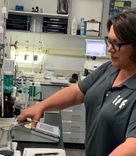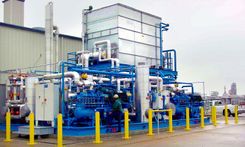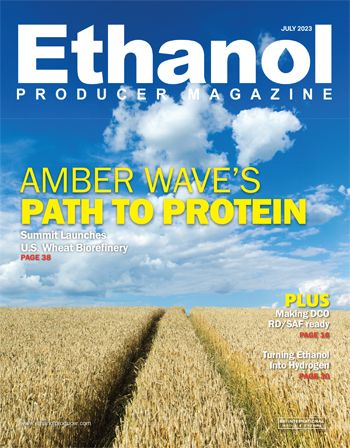July 2023
Featured

Building for Food and Fuel
By Katie Schroeder
Summit Ag Investments’ ethanol plant, Amber Wave, is in the process of becoming the largest wheat protein producer in North America, while continuing to make low-carbon fuel. The food-versus-fuel debate has aggravated the ethanol industry for years, in spite of the fact that ethanol plant coproducts feed animals across the country and around the world. Some producers even consider feed to be their main product—ethanol being second—and one U.S. plant is now finding new purpose as a food ingredient producer while also creating ethanol from wheat starch.
A new technology developed by Proteum Energy could use ethanol as a feedstock for producing hydrogen, a very real contender in the hard-to-electrify sector.

Grain Changers
By Luke Geiver
IFF has established a next-gen ethanol modeling and services toolkit to go with its flexible portfolio of fermentation products.

Getting the Drop On Purification
By Katie Schroeder
The rise of renewable diesel production—and what’s coming with SAF—is elevating demand for distillers corn oil. New technologies could push DCO values even further.
Contributions

A Merchant Take On The Carbon Dioxide Industry
By Sam A. Rushing
The global merchant CO2 industry supports about 22 million metric tons of consumption annually. The U.S. is reponsible for 40 percent of that volume, with the ethanol indsutry announting for the highest percentage of merchant CO2 supply.
Departments

SPOTLIGHT: TRUCENT - Elevating DCO: Unlocking Value with Advanced Technology
By Ethanol Producer Magazine
In today’s volatile commodity market, ethanol producers are diversifying corn oil production to increase profits by upgrading their commodity DCO to a cleaner oil, TruDCO—a low-impurity, low-moisture, and low carbon corn oil.







